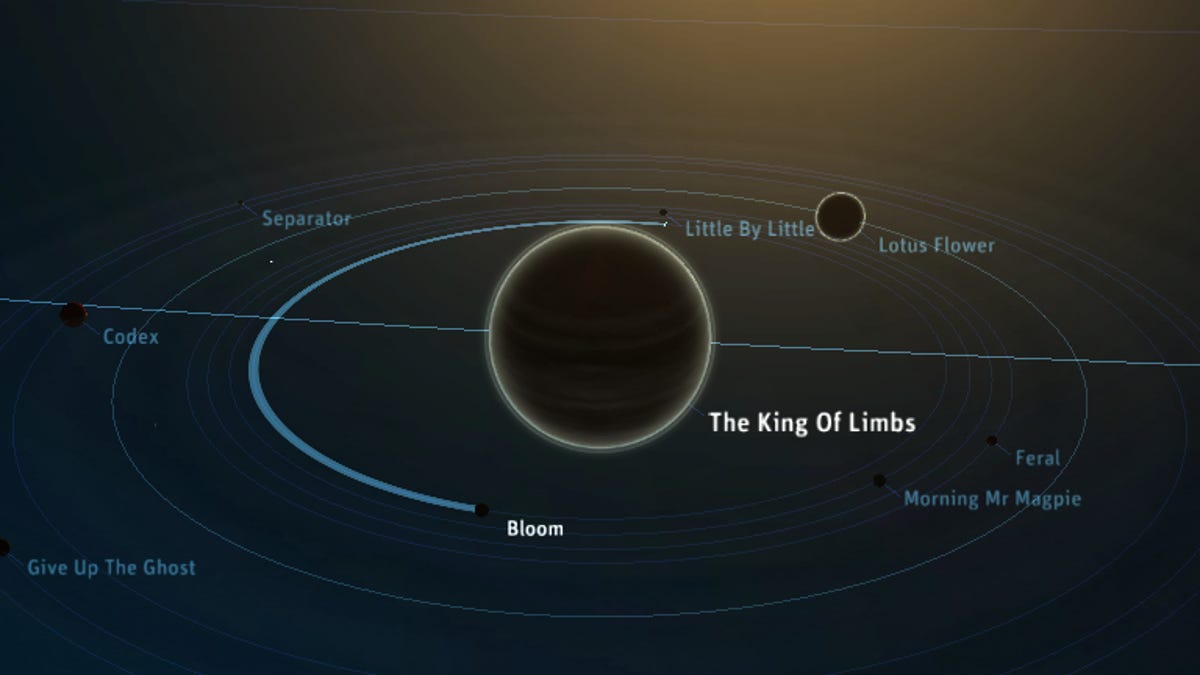Bragging rights for iPad app: First code in Smithsonian design museum
The Smithsonian's Cooper-Hewitt National Design Museum adds an iPad app to its collection. But how do you exhibit and preserve software? Apparently, the same way you run a panda-breeding program.

Toys, textiles, and Japanese tsuba are all things you might expect to come across when visiting the Smithsonian's Cooper-Hewitt National Design Museum in New York. But you might be surprised by one of the museum's most recent acquisitions -- an iPad app.
The Cooper-Hewitt has acquired the iPad app Planetary, the first piece of code to be included in the museum's collection. Planetary visualizes the contents of a person's music library as celestial bodies -- turning songs, albums, and artists into moons, planets, and suns.
"We have acquired Planetary both as an example of interaction design and interactive data visualization," said Sebastian Chan, Cooper-Hewitt's director of digital and emerging media, and Aaron Cope, Cooper-Hewitt's senior engineer, in a blog post announcing the acquisition earlier this week. "By acquiring its source code -- including its changes between versions -- we are also able to reveal the underlying design decisions made through its creation and evolution from its first public release in 2011 to the last public version of 2012."
Planetary will get an exhibit in the museum when it reopens in 2014 following renovations, Chan told Smithsonian magazine, and visitors will be able to play around with the app on iPads. In addition to putting it on display in the museum, Cooper-Hewitt also open-sourced the code.
Accessing the code is an important part of preserving the software, Chan and Cope explained in the blog post. They equated preserving software to caring for a living creature:
We liken this situation to that of a specimen in a zoo. In fact, given that the Smithsonian also runs the National Zoo, consider Planetary as akin to a panda. Planetary and other software like it are living objects. Their acquisition by the museum, does not and should not seal them in carbonite like Han Solo. Instead, their acquisition simply transfers them to a new home environment where they can be cared for out of the wild, and where their continued genetic preservation requires an active breeding program and community engagement and interest. Open sourcing the code is akin to a panda breeding program. If there is enough interest then we believe that Planetary's DNA will live on in other skin on other platforms. Of course we will preserve the original, but it will be 'experienced' through its offspring.
Folks interested in delving into the code can check it out (and lots of other goodies) on Cooper-Hewitt's reposition on GitHub. Check out Planetary in the video below from Bloom, the San Francisco-based company that created the app before closing in 2012. The principals of Bloom donated Planetary's source code to Cooper-Hewitt.

